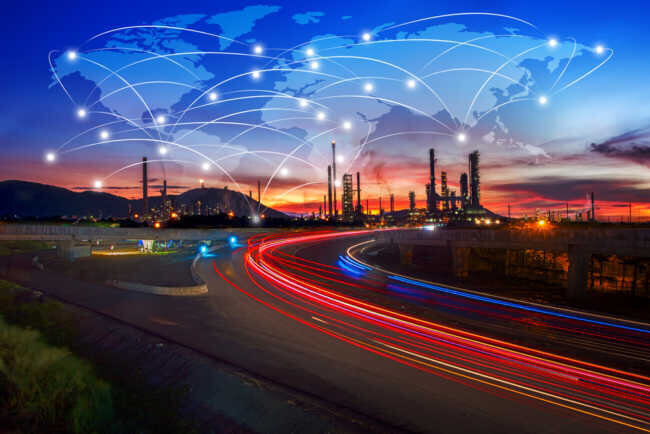Connected public lighting systems leverage advanced technologies such as artificial intelligence (AI) and the Internet of Things (IoT) to enhance urban infrastructure, particularly street lighting. These systems enable municipalities to manage streetlights more efficiently, adjusting brightness based on real-time conditions to improve energy savings and public safety.
Smart Streetlights and Connected Controls
Smart streetlights are equipped with sensors and connectivity features that allow them to communicate with a central management system. This connectivity enables features such as dimming or brightening lights based on pedestrian or vehicular activity, weather conditions, and time of day. For instance, in areas with low traffic, streetlights can dim to save energy, while they can brighten in response to increased activity, enhancing safety for pedestrians and drivers alike[2][4].
AI Integration for Enhanced Management
The integration of AI into street lighting systems allows for sophisticated data analysis and decision-making. AI can process data from various sensors to optimize lighting conditions dynamically. For example, in Taoyuan City, Taiwan, AI-powered streetlights can automatically reduce brightness by 50% if no vehicles are detected for a certain period, achieving significant energy savings[4]. Additionally, AI can help monitor environmental conditions, traffic flow, and even detect emergencies, providing municipalities with valuable insights to improve urban management[3][4].
Benefits of Connected Public Lighting
The benefits of connected public lighting systems are multifaceted:
-
Energy Efficiency: By utilizing LED technology and smart controls, cities can reduce their energy consumption significantly, with some municipalities reporting savings of up to 50% on electricity costs[2][4].
-
Operational Cost Reduction: Remote monitoring capabilities allow for proactive maintenance, reducing the need for manual inspections and associated costs. For example, Los Angeles has implemented a smart lighting network that reduces maintenance costs through real-time status updates and outage notifications[5].
-
Enhanced Public Safety: The ability to adjust lighting levels in response to crime patterns or emergencies can improve safety in urban areas, making them more appealing and secure for residents[2][3].
-
Support for Smart City Initiatives: Connected lighting infrastructure can serve as a platform for additional smart city applications, such as Wi-Fi access points, environmental monitoring, and digital signage, further enhancing urban life and generating new revenue streams for cities[2][4].
In conclusion, connected public lighting systems represent a significant advancement in urban infrastructure, utilizing AI and IoT technologies to create smarter, more efficient, and safer cities. As municipalities continue to adopt these technologies, the potential for enhanced quality of life and operational efficiency will only grow.
Further Reading
1. Artificial Intelligence and satellites for public lighting | Enel X
2. Connected Street Lighting: A Strong Foundation for a Smart City – IIoT World
3. AI for more sustainable cities | Interact
4. Smart Energy: Taiwan street lights integrated with AI to promote energy saving and innovative applications | Smart Cities Dive
5. Smart Lighting Network: LA Bureau of Street Lighting


